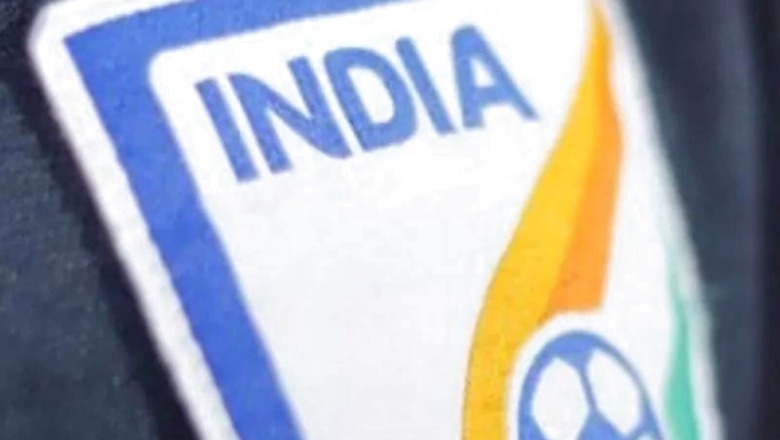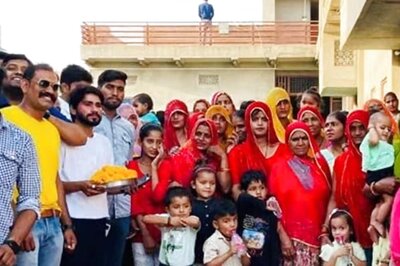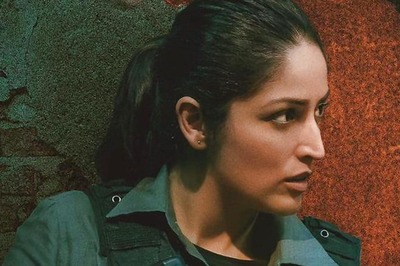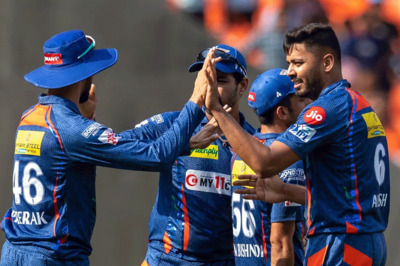
views
Indian football faced a red card from FIFA, the card’s shade should have been yellow for a warning before stern action for a repeat offence on the pitch. The suspension enforced on a nation, affecting its national team preparation and professional clubs participating in the regional competition, is conditional. The sport’s governing body placed speed-breakers in the path of Indian football, till points over governance are resolved. The surprising part is about the punitive action that happened even as stakeholders in Indian football were involved in discussions with FIFA.
The real reason behind FIFA’s drastic step will come to light in the near future, even as communication between the Sports Ministry and the world body continues in the background. The assertive role of the Supreme Court-appointed Committee of Administrators (COA) is supposed to be a point of conflict, as is the introduction of ex-India international players in the voters list for the AIFF election to choose key office-bearers. FIFA specifically mentioned “undue influence from third parties" in the official communication, the specific reasons are missing.
Bhaichung Bhutia, one of India’s internationally recognised forwards, put it bluntly by terming the suspension as “harsh". The former national team skipper is also a notable face in the All India Football Federation (AIFF) election for the post of president. For the first time in the federation’s history, an international player demonstrated his interest in getting involved in football management at the national level, if elected. Notable India players have been giving back to the game via coaching, and administrative efforts at various levels, from national to state associations.
The talismanic striker has been in the frontline, as a player and as a leader, ever since breaking into Indian football from Sikkim (representing East Bengal) during the 1995-96 season, till retirement in 2015-2016. Bhutia’s courage to take risks led to a move to England in 199-2000 with Bury FC, a Second Division club. Realising that first-team exposure at a higher level was difficult, he returned to Mohun Bagan and later moved to Perak FC (Malaysia) on loan. He took the lead in forming the Football Players Association of India (FPAI) to raise player issues with clubs and was a former president.
For many connected with football here, particularly the national U-17 women players getting ready for the FIFA U-17 World Cup 2022, the ‘conditional’ suspension by the game’s governing body signals a break in the journey. Training under chief coach Thomas Dennerby of Denmark, anxiety in the Indian teenagers’ minds over issues beyond their control will affect preparations for the October 2022 competition. Getting a berth as the host nation, it is a once-in-a-lifetime opportunity for the young girls shortlisted for India and represents a high point for women’s football.
Five years ago in 2017, the FIFA U-17 World Cup for boys was staged in India for the first time ever in the nation’s history. The event was a stunning success on multiple fronts, from the creation and upgradation of infrastructure to meet world standards, organisation and technical issues, fan attendance for live matches at football hotspots etc. India got energised in the process of the tournament and national team preparation. A repeat is feasible later this year if FIFA permits the hosting of the U-17 World Cup for women as scheduled.
The biggest takeaway for any nation hosting a FIFA competition is the emergence of talent, as seen in India’s case with numerous teenagers from the U-17 World Cup squad graduating to the senior India squad. Dheeraj Singh is the biggest name to emerge from the 2017 tournament, after bold displays in goal for India against mighty teams like Colombia, the United States, and Ghana. He could have gone the Bhutia route, after a successful trial at Motherwell FC in Scotland. Work permit issues denied the Manipur goalkeeper an opportunity to make a mark in a foreign league.
Undaunted by the situation, the U-17 custodian earned praise from foreign coaches during the AFC Champions League 2021 displays for FC Goa. India’s 2017 batch, as the players groomed by Portugal coach Luis Matos can be called, are first-team players in the senior ranks with Indian Super League clubs, besides graduating to the senior national squad under Croatian Igor Stimac, chief coach and former World Cupper. The U-17 girls under Swedish coach Dennerby are similarly placed to make an impact if the World Cup is held in front of home fans as scheduled in October.
N Bala Devi is an inspiration for the talented Indian girls, following her displays in the Scottish Premier League for Rangers FC club. The 32-year-old striker, donning jersey number 10, moved up the ranks from U-17 (2005) to U-19 before wearing the India senior colours. She showed the way for other women players, among whom 20-year-old attacking midfielder Manisha Kalyan moved from Gokulam Kerala to Apollon Ladies in the Cyprus First Division league, becoming the second Indian pro to compete outside India. The live telecast of FIFA U-17 World Cup matches can open doors for younger players in professional clubs abroad.
Read the Latest News and Breaking News here




















Comments
0 comment